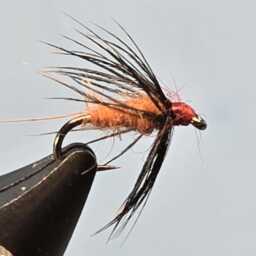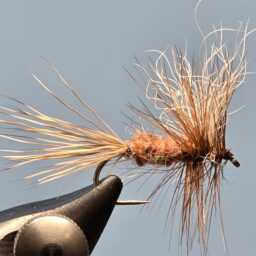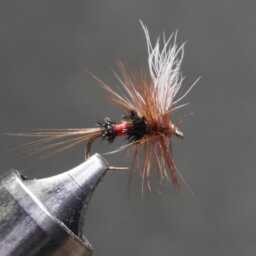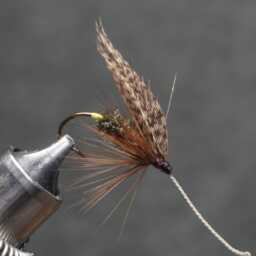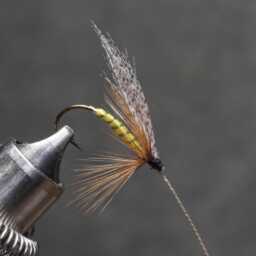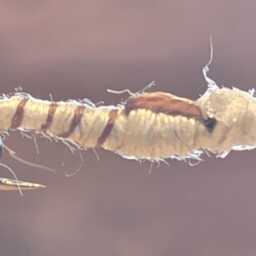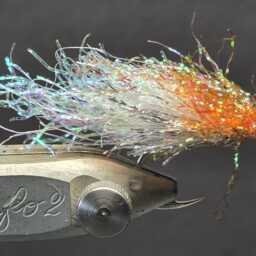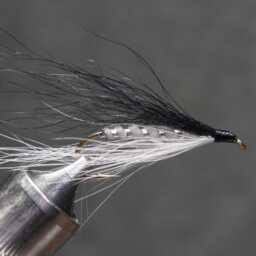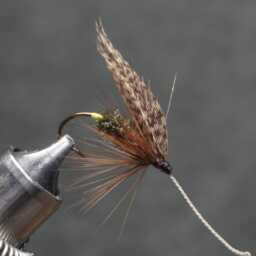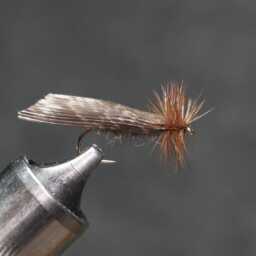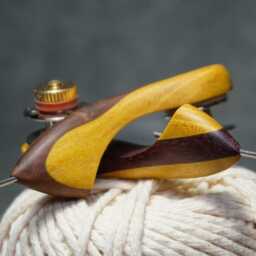Calf body hair is a highly valued material in fly tying, particularly for creating wings on dry flies. Its straight and uniform texture makes it easier to stack compared to calf tail hair. This characteristic is especially useful for crafting wings on parachute posts and traditional Catskill-style dry flies.
For salmon and steelhead flies, such as bombers and Seek & Destroy patterns, calf body hair excels due to its ideal balance of stiffness and softness. This balance helps maintain the fly’s posted position while remaining easy to handle. We specifically select calf body hair for its longer length, which is essential for larger patterns like Bombers.
In summary, calf body hair is prized for its fine, straight, and easy-to-stack properties, making it a versatile and reliable material for a variety of fly patterns.
A calf is a young cow or bull, typically one year old or younger. Female calves are sometimes referred to as heifer calves, while male calves are known as bull calves. Calves are raised to become adult cattle or are slaughtered for their meat and hide. The term “calf” applies from birth until weaning, after which they may be called weaners or weaner calves. In some regions, “calf” can be used until the animal is a yearling. Calving is the term used for the birth of a calf. A calf that has lost its mother is known as an orphan calf, or poddy-calf in British English. Bobby calves are young calves destined for slaughter for human consumption. A vealer is a calf weighing less than about 330 kg (730 lb) and is typically around eight to nine months old. A young female calf, until she has her own calf, is called a heifer. In the American Old West, a motherless or small, runty calf might be referred to as a dodie.
« Back to Glossary Index
